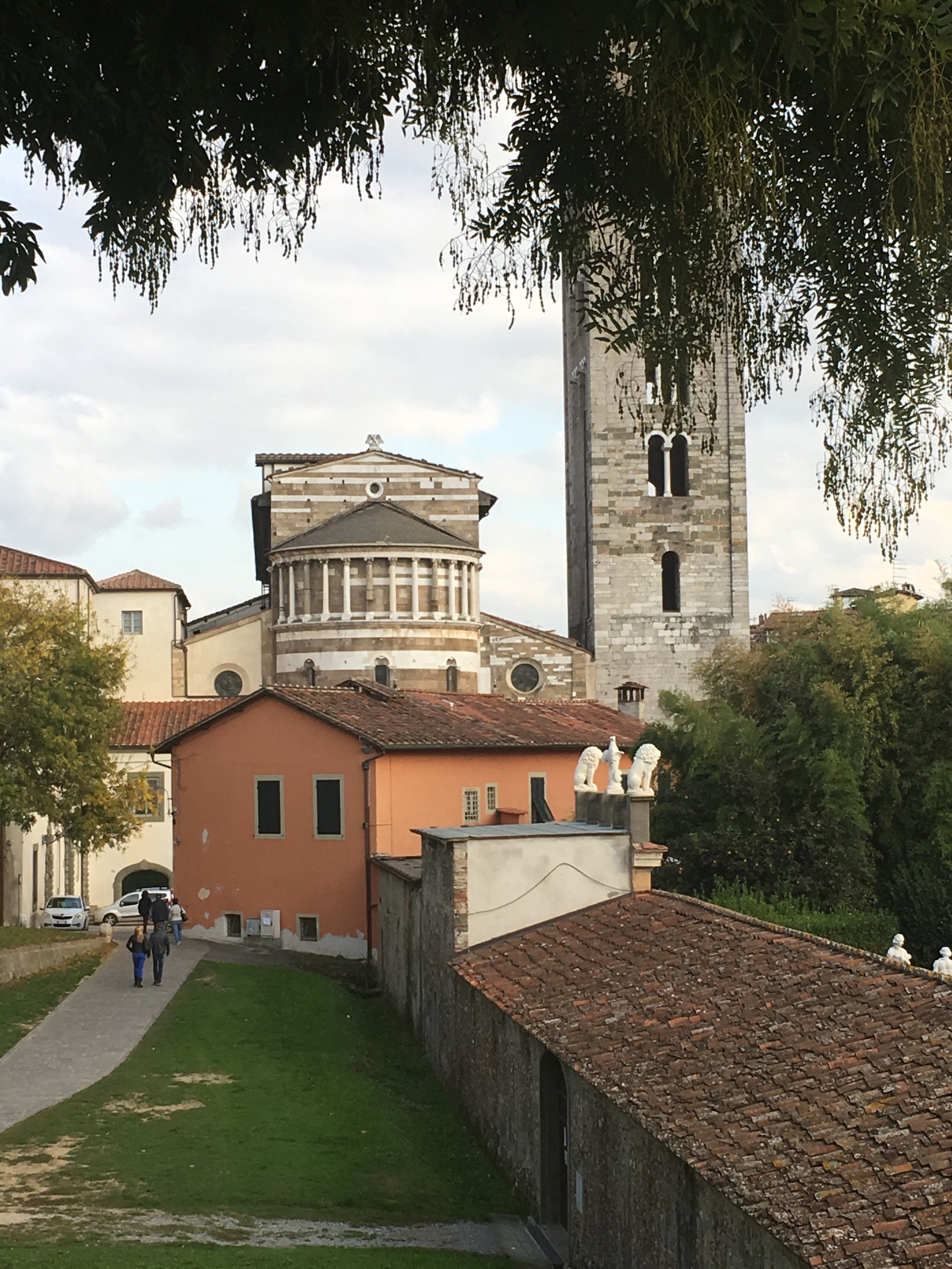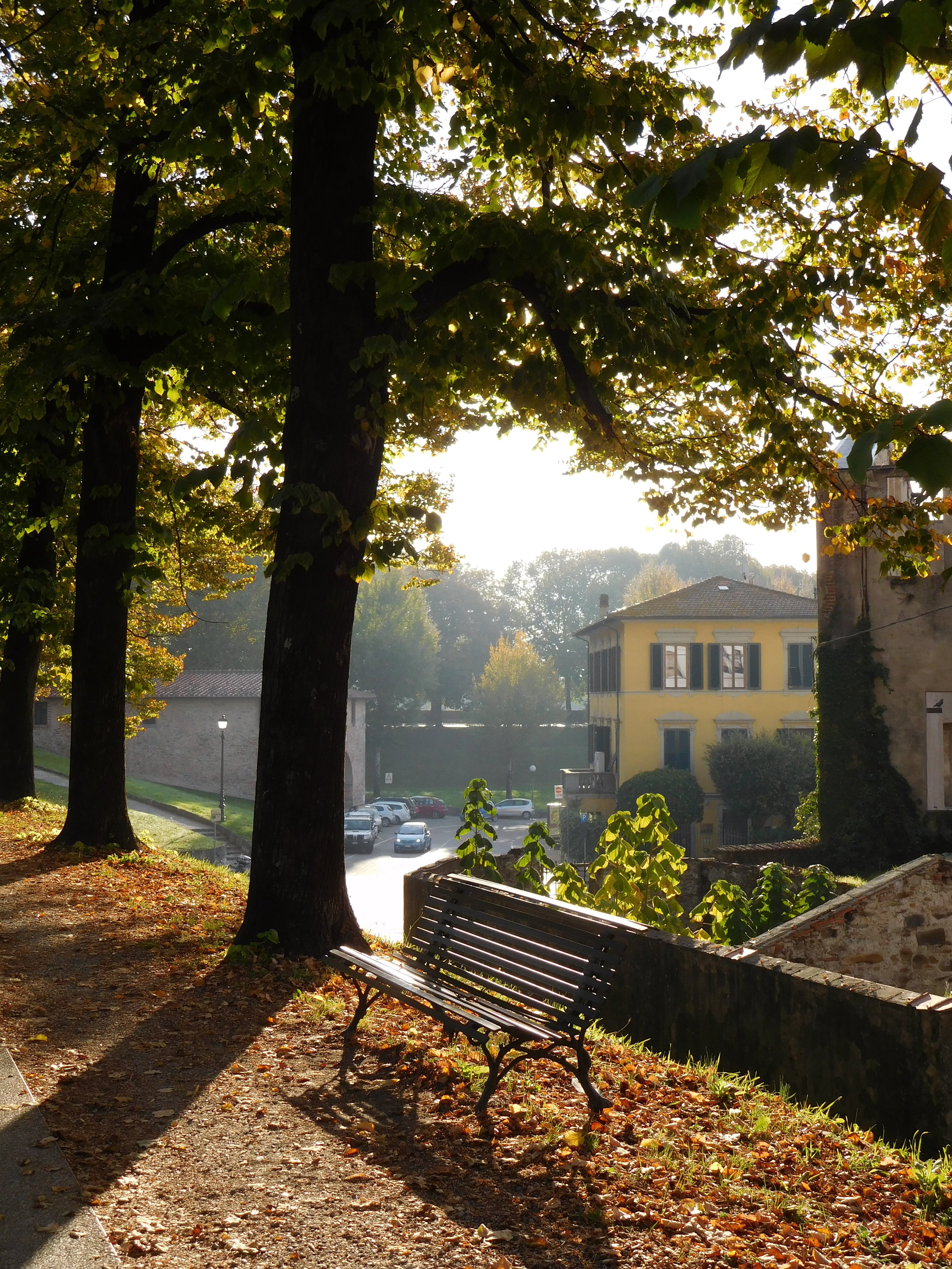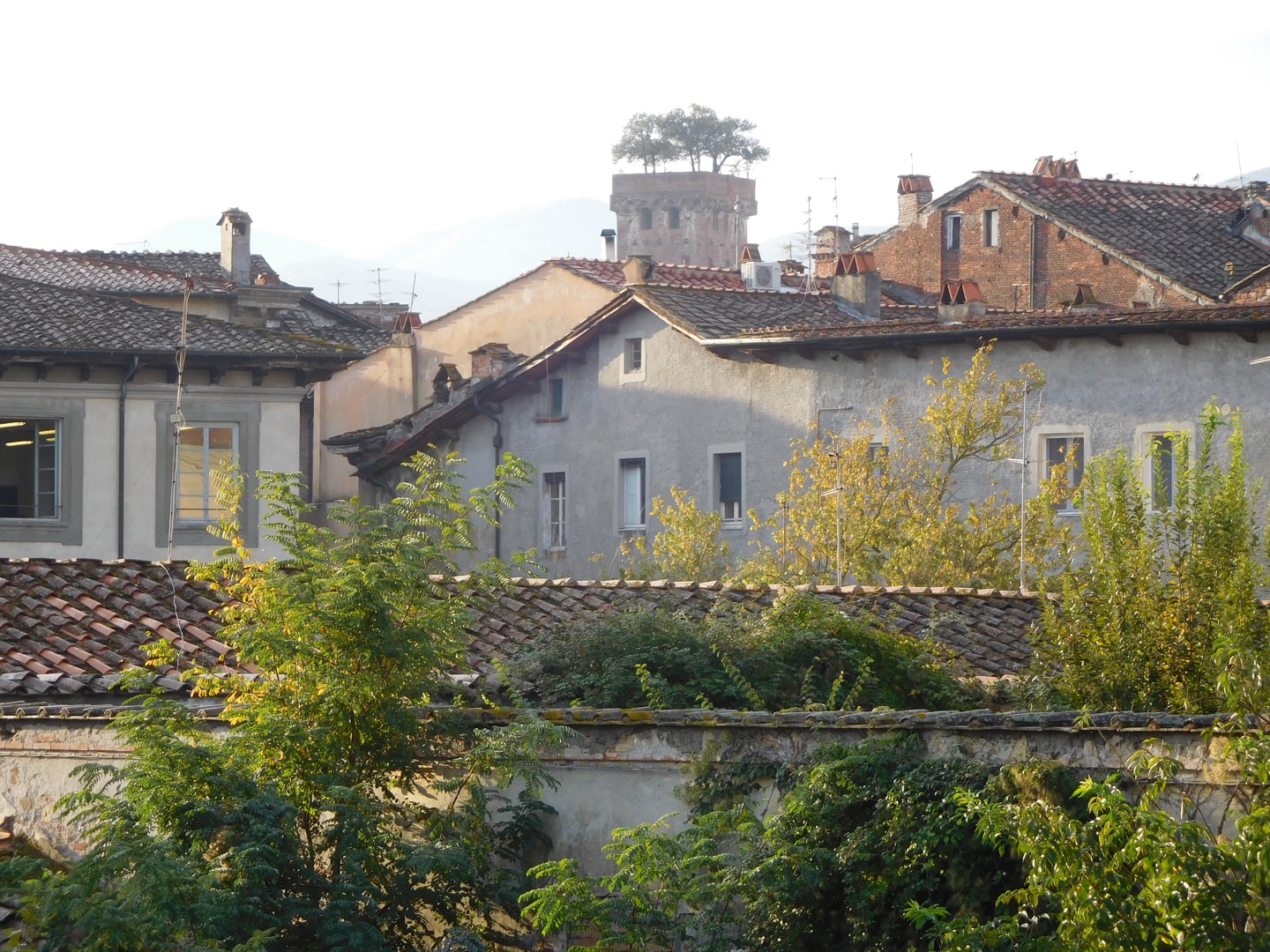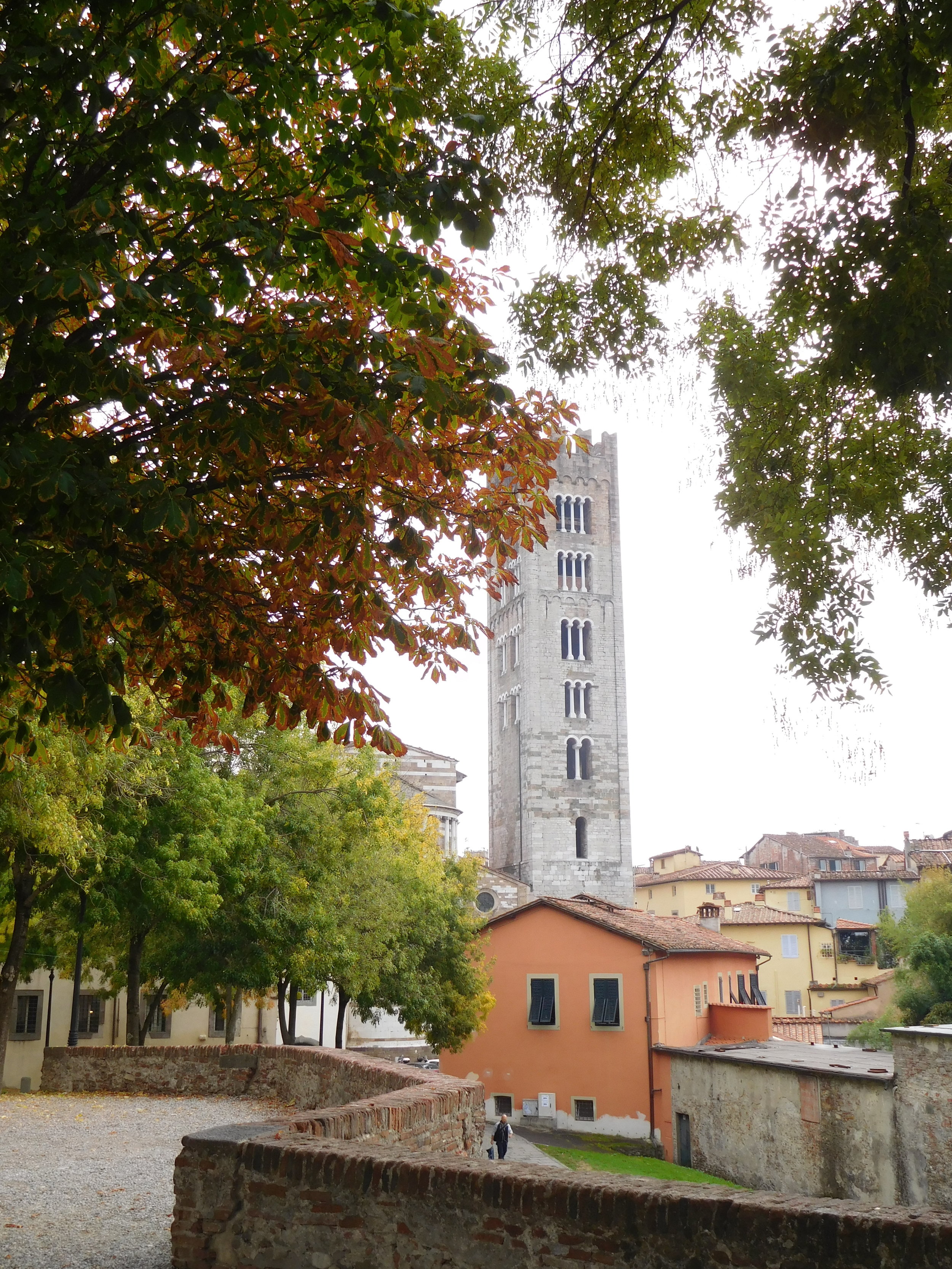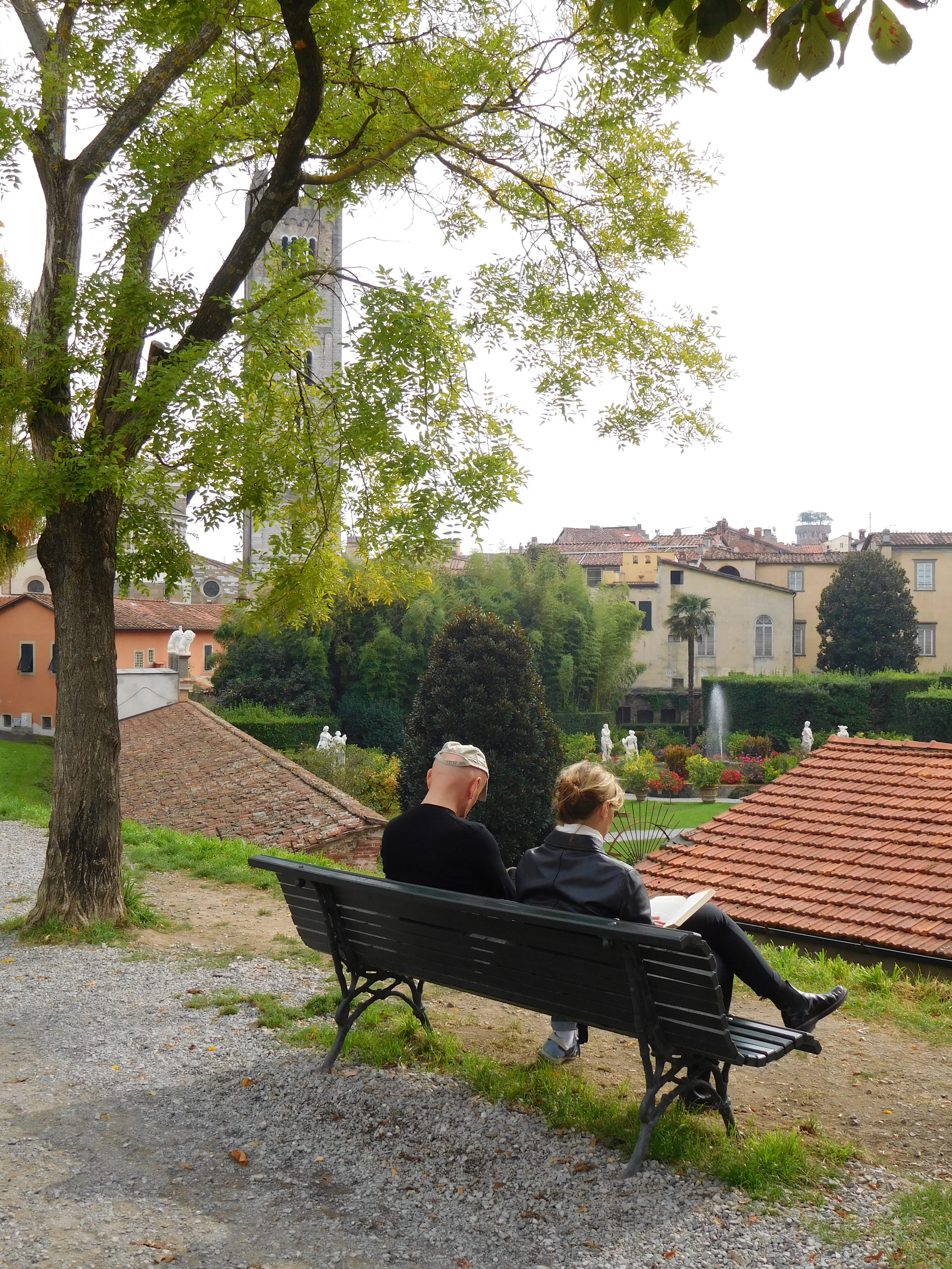The Flavors of an Italian Fall
By October, the weather in northern Italy begins to change. Mornings and evenings turn chilly, though the afternoons remain sunny and mild. The leaves are changing too, every day brings a little more gold and red to the trees. The squares and cafes are still full of people, though by mid October and into November they are now wrapped up in sweaters and scarfs as they sip an afternoon coffee or an evening aperitivo.
As the weather changes so do the foods that are served. Restaurant menus are revised - gone are the dishes with asparagus and artichoke served in spring. Gone too are the summer salads, like panzanella, full of ripe tomato. In their place are somewhat heartier dishes perfect for cool temperatures and full of ingredients from the fall harvest.
In autumn the markets are still brimming with fresh produce. Fragrant porcini mushrooms are the stars in early fall. The markets also display baskets of peppers, fresh garlic bulbs, nuts, and fall fruits, such as clementines, pomegranates, and grapes.
Roasted chestnuts are a seasonal delicacy found in nearly every fall market. The scent of them roasting filled the air in the markets I visited, from Tuscany to the Veneto..
This popular booth at Lucca Picante sold both warm polenta topped with cheese and necci filled with fresh ricotta.
In late September the Lucca Picante festival gave an opportunity to sample many fall tastes. This festival was a celebration of peperoncini (peppers) as well as other products of the Garfagnana region -proscuitto, polenta, cheese, chestnuts. The chestnut is an important ingredient in cucina povera (traditional foods eaten during times of scarcity). Chestnut flour (farina di castagne) is used in making pastas, porridge, cakes, and - my personal favorite - necci. Necci are thick chestnut flour crepes filled with fresh ricotta. Yum! They are a uniquely Italian flavor and a perfect fall treat.
Risotto is a favorite Italian dish in any season. In spring, risotto features tender seasonal vegetables or delicate meats (such as guinea fowl). Fall risotto dishes are a bit bolder, with more intense flavors.
I tasted 3 different risottos in Italy this fall - one with leeks and pancetta, another with fresh porcini, and the third with pumpkin and small bits of sausage. All 3 were wonderful, but it's the one with pumpkin and sausage, fragrant and served steaming hot at Gigi Trattoria, that I will long for when I'm home.
Meat dishes are also featured on fall menus, often paired with pasta, potatoes, or polenta. Dishes such as pappardelle con cinghiale (wide noodles with boar sauce), coniglio arrosto con fagioli bianchi e patate (roast rabbit with white beans and potato), and peposo (peppery stewed beef) appear on fall menus. In Verona, I was served a rich, perfectly tender guanciale di manzo (beef cheek) stewed in local Amarone wine, served with polenta. All of these dishes are perfect fare for cool fall nights in Italy.
Many of these dishes will remain on menus well into the cold winter days ahead. Porcini mushrooms will be dried and used all winter in pastas and soups. Polenta is a definite holdover for winter meals, and hearty soups will join the winter meat dishes on Italian tables. And I will be home in New Mexico, remembering these wonderful meals, and working to recreate some of them at home. post by JMB




















